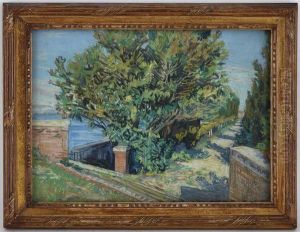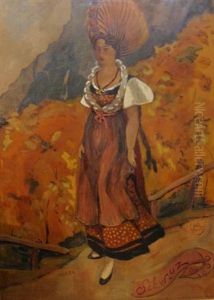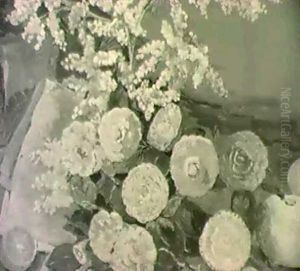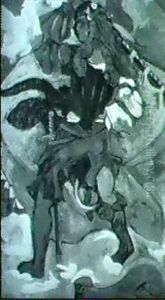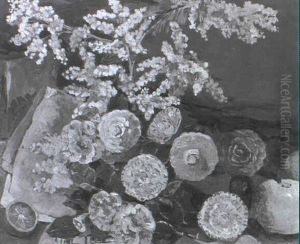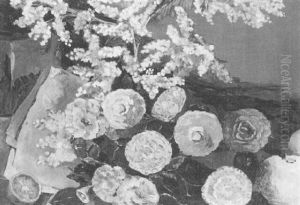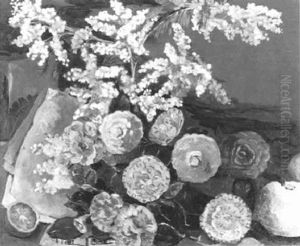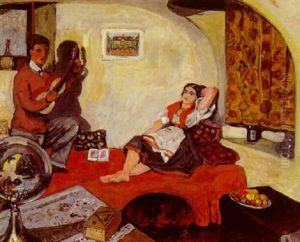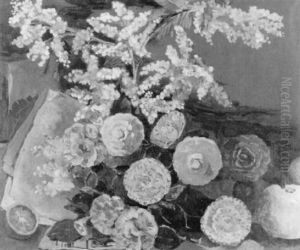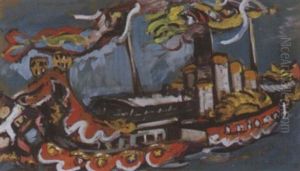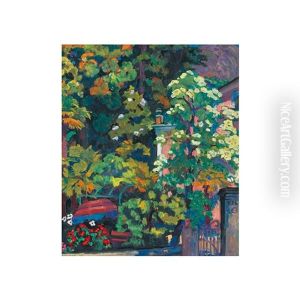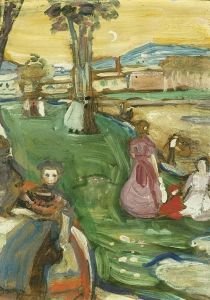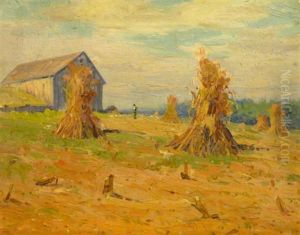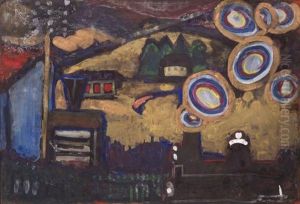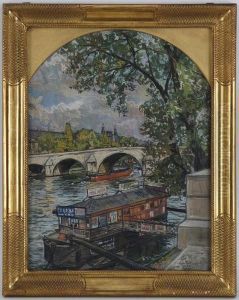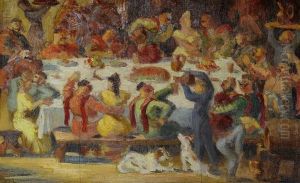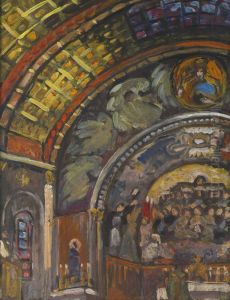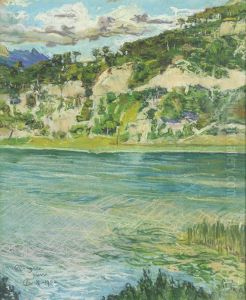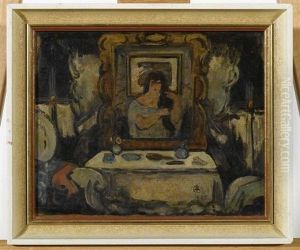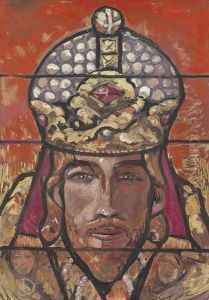Alexandre Cingria Paintings
Alexandre Cingria was a Swiss artist, known for his contributions to both the visual arts and literature. Born on August 22, 1892, in Geneva, Switzerland, he came from a family with artistic and literary interests, which influenced his early development. His father, Charles Cingria, was a notable painter, and his brother, Charles-Albert Cingria, would become a well-known writer.
Cingria's initial education was in the humanities, but he quickly showed an aptitude for art. He studied at the École des Beaux-Arts in Geneva and later in Paris, where he was exposed to a wide range of artistic movements. Cingria's work was diverse, encompassing painting, stained glass, mosaic, and fresco. He was particularly interested in the revival of religious art and was influenced by Medieval and Byzantine styles, which is evident in his ecclesiastical commissions.
During his career, Cingria became a central figure in the Swiss art scene. He was a member of various artistic groups and contributed to numerous public and private art projects across Switzerland and France. His work in stained glass is particularly notable, characterized by its vibrant colors and intricate designs. He worked on restoring historical stained glass windows as well as creating his own original pieces.
Aside from his visual art, Cingria also engaged with the literary world. He wrote essays, critiques, and was involved with several literary journals of his time, contributing to the intellectual and cultural discourse in Switzerland. His writings often reflected his passion for art and his views on contemporary artistic trends.
Cingria's work was cut short by his untimely death on March 1, 1945, in Lausanne, Switzerland. Despite his relatively short life, he left a significant impact on Swiss art, particularly in the realm of religious and monumental art. His legacy is preserved through his numerous works in churches and public spaces, as well as his influence on subsequent generations of Swiss artists.
